What are the benefits of building muscle – and do all athletes need to?
We look at what muscles do for your health, and how to build muscle safely
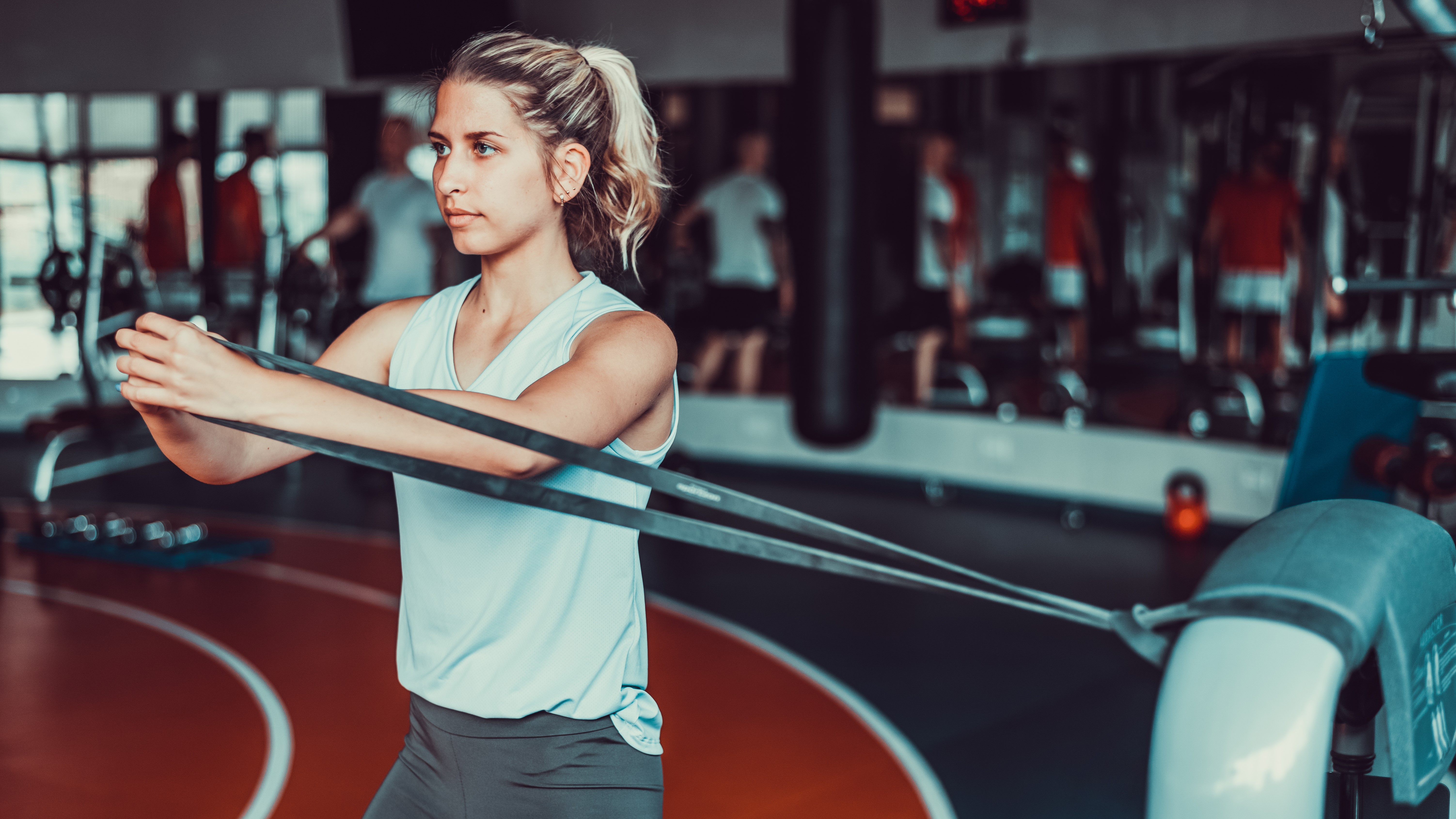
Muscle mass is the dream of gym goers, but if your chosen sport is trail running or hiking, you may not give it much thought. In fact, if you’re an ultra runner or even longer distance runner, you may have found that all the miles you put in wearing your best road running shoes have actually decreased your muscle mass – and if you’re trying to get faster, you might not mind that.
However, it’s clear that muscular health and strength plays a very important role in your wellbeing, and while you can have too much for certain activities, you can also not have enough to be healthy. Setting aside the aesthetics of a ripped physique and whether that’s something you desire or dislike, let’s take a look at the benefits of building muscle, how much muscle mass is healthy, and how to build more muscle if you need to.
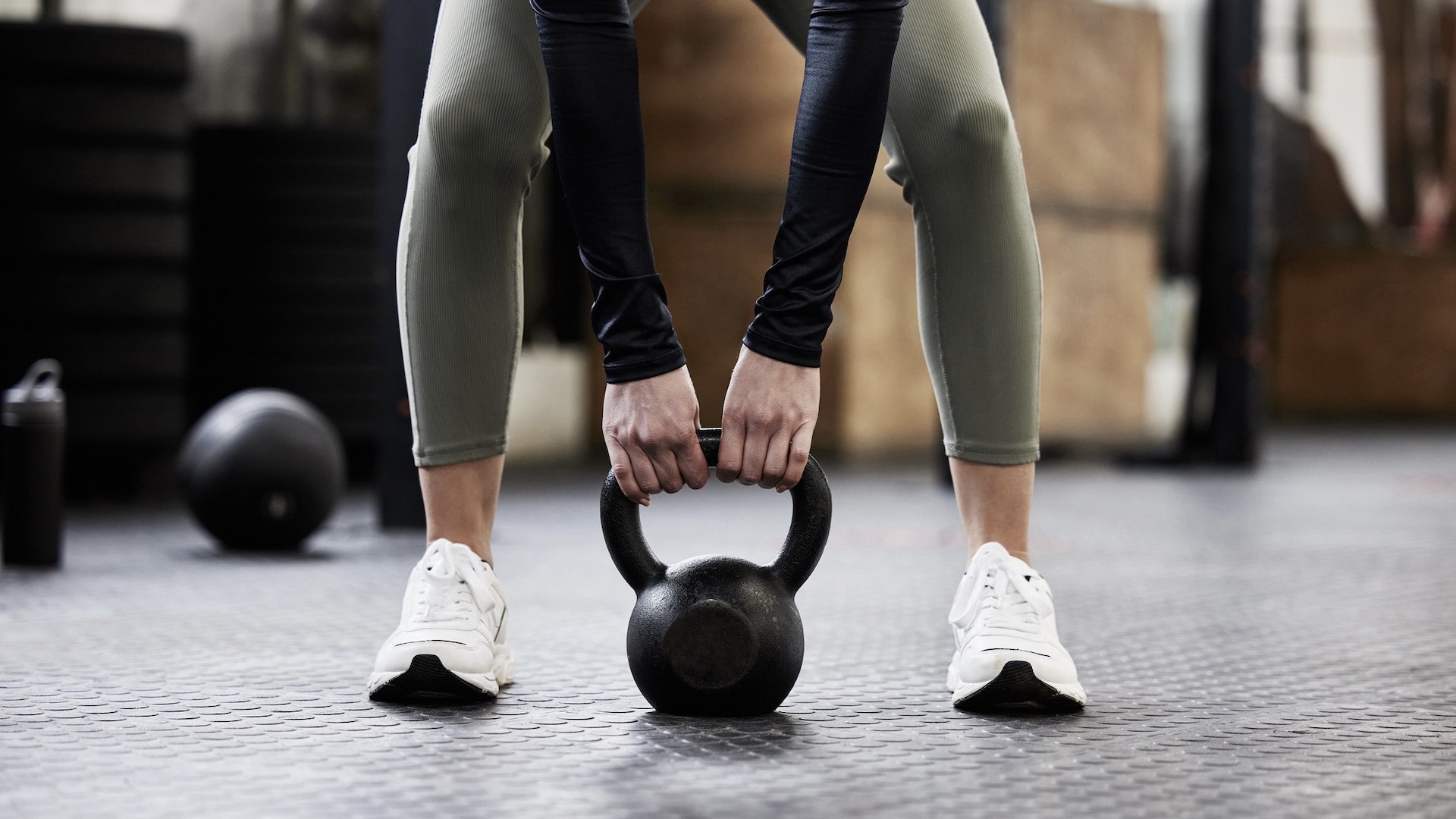
What are the benefits of having muscles?
Muscles are responsible for virtually all movement in the body, from that of your limbs to the movement of your meals through your digestive tract. Movement equals life, so needless to say, healthy functioning muscles are important for all kinds of processes in your body, from blinking to breathing.
Having healthy muscles combined with good proprioception also helps you to avoid injury, because muscles stabilize your joints, which is useful whether you’re sitting upright in a chair or running down an uneven path in your trail running shoes. As you age, maintaining muscular strength will help you to avoid falls.
Moreover, muscle contraction is responsible for the majority of heat production in your body – which is why you may get chilled when you’re sitting at a laptop all day – so they’re important for your survival in maintaining body temperature, especially if you spend a lot of time outdoors. For this reason, some refer to your muscles as the engine of your body, and it partially explains why we tend to feel colder as we age and lose muscle mass.
Muscles produce heat by consuming energy, so they also play a role in burning calories. As the Mayo Clinic explains, muscle mass is the main factor in your basal metabolic rate, or the rate at which your body uses energy while at rest to maintain vital functions. If you have more muscles, you burn more calories, even at rest.
A 2015 article published by the American College of Sports Medicine indicates muscle mass in healthy bone density, lower body fat and cholesterol, decreased risk of developing type two diabetes and even better cognitive function. If so, the benefit to having healthy muscle mass extends beyond your skeleton to your mental health.
All the latest inspiration, tips and guides to help you plan your next Advnture!
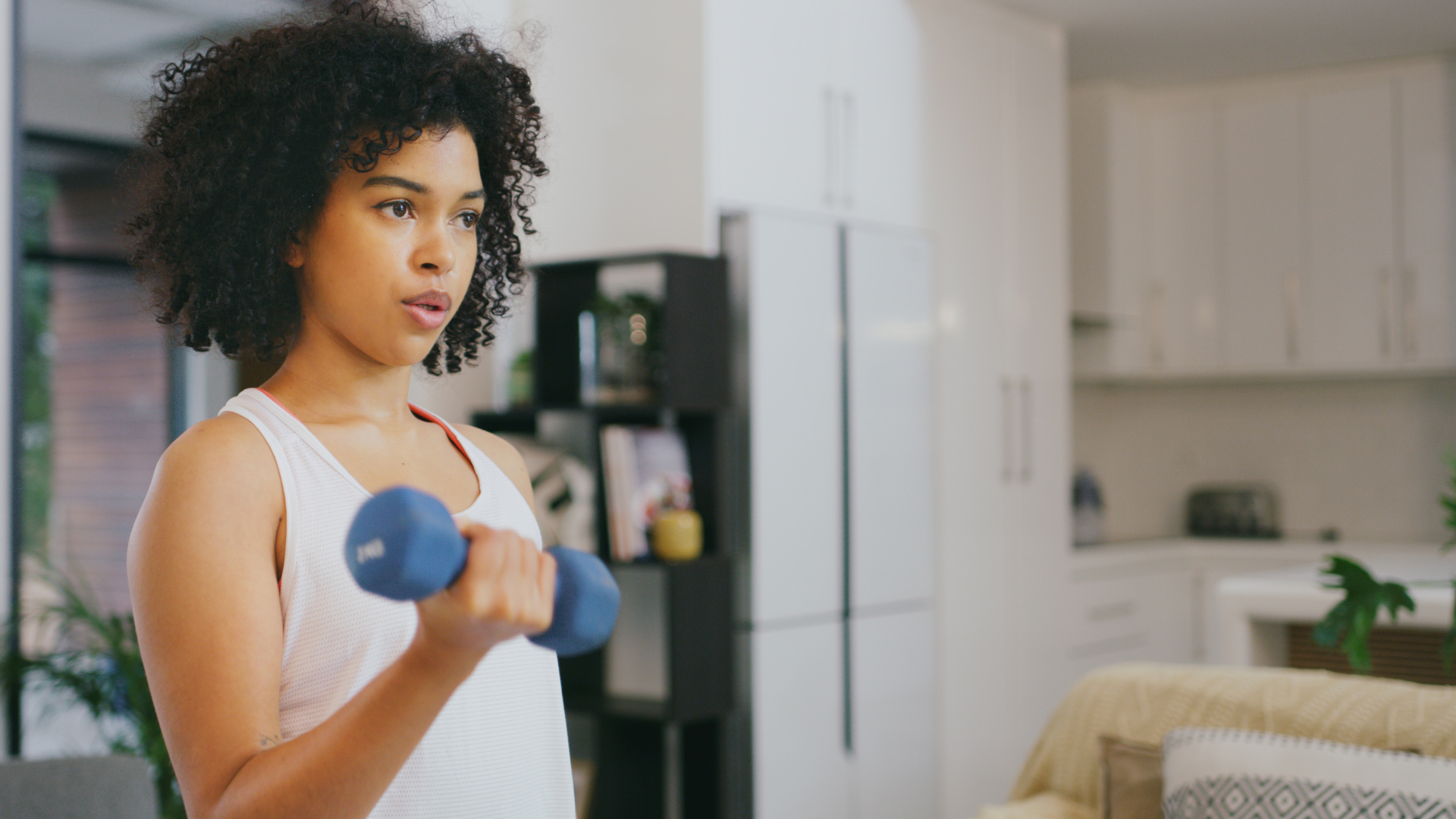
How much muscle is healthy?
Body composition is really a spectrum, and muscle mass doesn’t occur in a vacuum, while how much you have depends on your genes, sex, age and activity level and how much you need is partly a reflection on what you want to do with it. If you want or need to lift heavy things, you need more muscle mass, but too much could slow you down if you’re an ultra runner. Basically, this isn’t a question that has a direct answer, and it’s difficult to measure how much muscle you have anyway.
What you can measure is your body composition, which details how much of you is fat versus what’s called lean mass, or non-fat. To measure lean mass, the best option is to get a body composition reading, which you may be able to do at your gym. This involves standing on a machine for a few seconds and holding two handles while the machine weighs you and sends a small electrical signal through your body to read your fat and fat-free mass. Next, you’ll get a printout that shows you your percentage of fat and lean mass as well as your basal metabolic rate and a trained professional can go over the numbers with you and tell you if they’re ideal for your goals. It’s really cool!
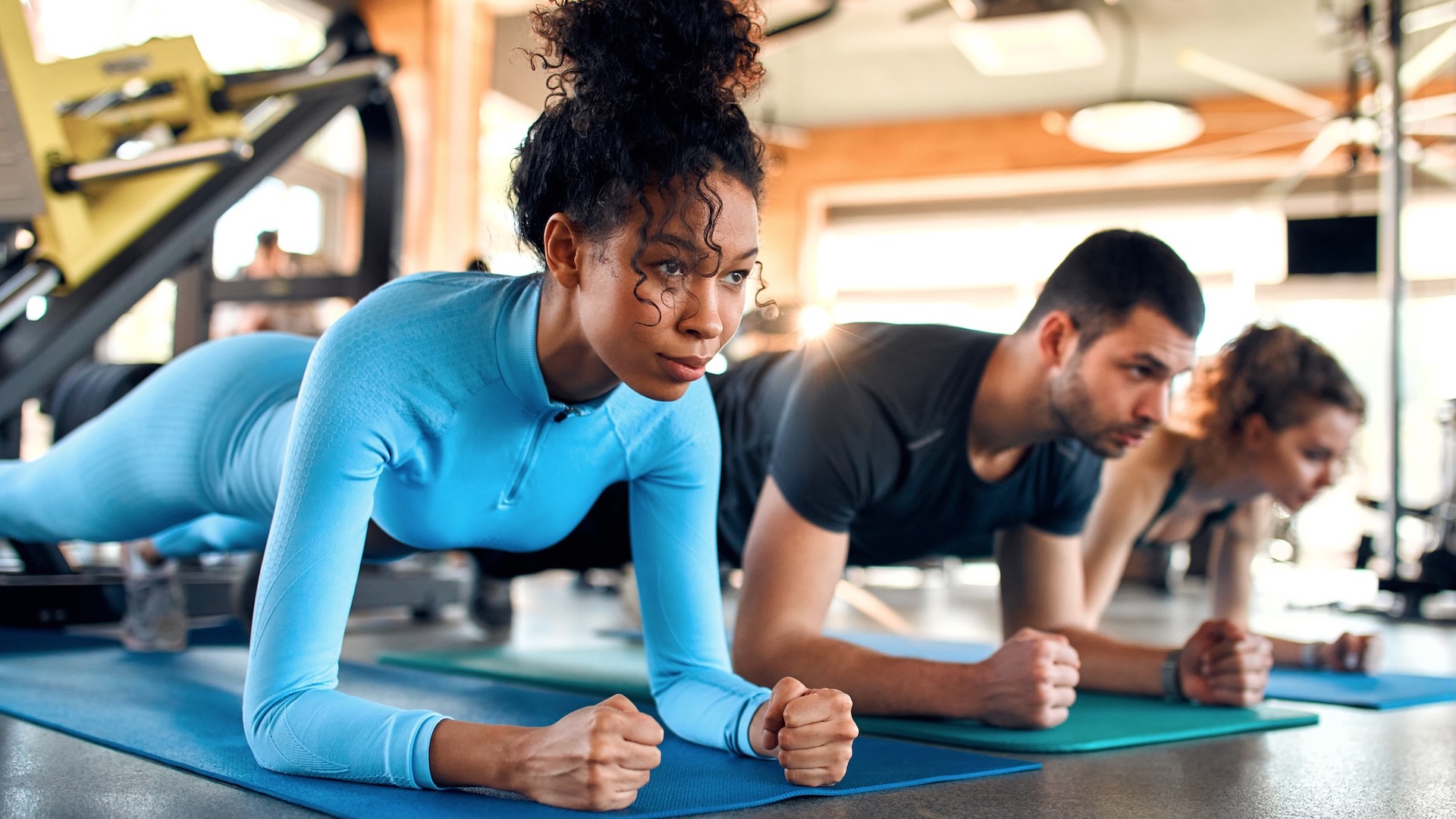
Can you have too much muscle?
You can definitely have too much muscle. Take my friend Sarah, for example. She was a Nordic skier in college and is naturally very lean, but when her coach had her start lifting weights, she discovered that under the right conditions, she builds muscle very, very easily.
“After a few months, I didn’t even know what to do with all that muscle. I was like the Incredible Hulk! didn't feel like I could move properly,” she recalls. She ended up begging her coach to let her stop with the weights, he relented, and she returned to a more functional form.
So, you could have so much muscle mass that it impedes your ability to move in your desired sport – for example, thighs so muscular that it changes your gait would be a terrible idea for running. It could also impact your functional mobility if you were unable to make movements like reaching your arm overhead because your lats are overdeveloped, and might just make it difficult for you to find clothes that fit, which is pretty sad when you've just found the perfect running top.
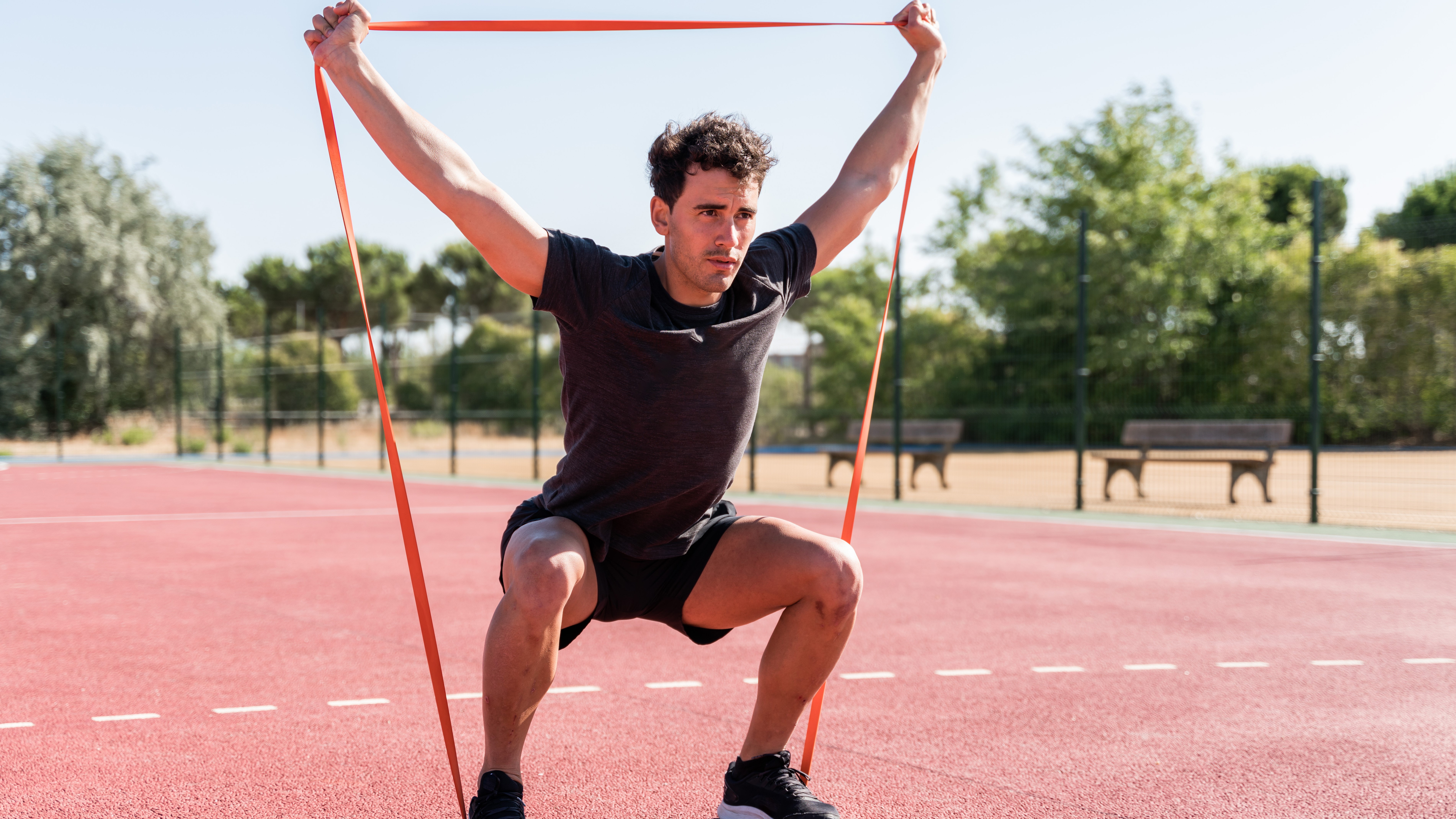
How to build muscle
To build muscle, you have to do some work. Certainly, diet plays a component, though how much protein you need is in debate. Your body doesn't store protein for later use, so eating 20 burgers a day isn't the answer, while 2018 study published by Harvard Health found that as you age, extra protein probably won't make any difference at all.
Primarily, building muscle lies in a process called hypertrophy, where you break down the muscle tissue which triggers your body to build more of it in the repair process. In addition to the key components of a fitness routine – proper sleep and nutrition – ultimately the key to building muscle is to stress your muscles, meaning add more resistance to them. Clearly, if you overload your muscles, you can cause yourself injury, so it’s important to work with a trainer.
Here are some of our favorite forms of resistance training:
- Body weight training: This is a great first step in building muscle, and doesn’t involve using weights of apparatus so can be done anywhere.
- Resistance band workouts: A 2019 review of studies found that resistance band workouts produce similar results to other resistance training, such as weight lifting, but resistance bands are inexpensive and portable.
- Weight lifting: If you have access to a gym, weight lifting is the most traditional approach to building muscle, and you can use free weights, machines or both.
Finally, in order for you to have success, it’s vital for you to increase load, slowly. If your workout starts to feel comfortable, you’ll no longer be breaking down your muscles so hypertrophy won’t occur. It’s also really helpful to identify your specific goals so you can tailor your approach and target the right muscles, rather than just giving every machine in the gym a go.
Julia Clarke is a staff writer for Advnture.com and the author of the book Restorative Yoga for Beginners. She loves to explore mountains on foot, bike, skis and belay and then recover on the the yoga mat. Julia graduated with a degree in journalism in 2004 and spent eight years working as a radio presenter in Kansas City, Vermont, Boston and New York City before discovering the joys of the Rocky Mountains. She then detoured west to Colorado and enjoyed 11 years teaching yoga in Vail before returning to her hometown of Glasgow, Scotland in 2020 to focus on family and writing.

